How to read the composition of a cosmetic? INCI without secrets
min. reading
Do you read cosmetics’ compositions? Or is it not quite something you know how to do? Foreign-sounding names, fine print, incomprehensible phrases. But if it says “Organic” or “Natural” on the front of the package in the name, that means the cosmetic is good, right? Well…no. Reading composition of cosmetics is something that anyone who is interested in conscious skin care should know at least a little. And we’re going to teach you this today at a completely basic level! It’s easy! From now on you will know that not every “vegan” means that a cosmetic is vegan and not tested on animals. Because, unfortunately, this is not the case, and manufacturers manipulate the names of cosmetics so as to mislead unaware customers. Many times the composition of cosmetics is referred to by various names, without official certification, and only this will give you 100% certainty that it is actually as promised by the manufacturer. INCI of cosmetics, i.e. their ingredients, can help you verify whether a product is worth your interest and in line with your principles, such as no animal testing, organic farming, natural ingredients or vegan product formulas.
Table of Contents
What is INCI?
What is this mysterious-sounding INCI? It’s nothing but an acronym for International Nomenclature of Cosmetic Ingredients. It was created to standardize the naming of ingredients in cosmetics around the world. English and Latin names were introduced, which are used on products regardless of their country of manufacture. This means that regardless of whether you use cosmetics from China, its composition should be presented in the form of English names of chemical compounds and Latin names of plants. So that everyone can easily learn the INCI of a product and make an informed choice – do I want to use it or not.
In addition, in European Union countries, every cosmetic MUST have a detailed composition on the package. And if this is not possible, it must be accompanied by a leaflet with the full composition of the cosmetics. The order in which the ingredients appear is also significant. Although the manufacturer does not have to give the full formula of the cosmetic, the order in INCI indicates which ingredient is the most and which is the least. This makes it easy to tell if what’s on the front of the package matters. Often manufacturers boast about their use of an ingredient, and it is in such low concentration that it is only at the very, gray end of the list of substances used in a given cosmetic.
Rules for reading INCI composition of a cosmetic
Reading the composition of INCI cosmetics is governed by its own rules, which we have already hinted at a bit. An important rule is to always read from left to right. To us, accustomed to this form of reading and writing, this seems logical. However, keep in mind that some national languages have different laws and are read from right to left or top to bottom! This could create confusion, so in order to standardize, regardless of the country, the INCI composition must be written and read this way.
We also mentioned that those substances that are listed highest in the composition of a cosmetic are found in the highest concentration in it. This is important insofar as it allows us to check whether the active ingredient actually has a chance to do something on our skin. Perhaps there is so little of it that it will be right behind preservatives or fragrances, and then it probably won’t do anything. The only exception to this rule are substances whose concentrations in the cosmetic do not exceed 1%. These can be arranged in any order, regardless of exactly how many of them were used in the production of the cosmetic.
Sometimes it is the case that some substances are also composed of other substances. The entire complex of these ingredients must also be listed in the INCI!
Composition of cosmetics and their functions
Cosmetics, in a nutshell, consist of active and base substances. Active substances are those that are responsible for the action of the cosmetic. They can act on the surface of the skin or penetrate deep into the skin and thus nurture it. And the base substances? They are nothing more than a base for active substances. They are indispensable for a cosmetic to become a cosmetic, being in the right form (butter, gel, foam, etc.) and also help in the application of the cosmetic to the skin. But they can also have a preservative or fragrance function.
Water
That is, Aqua. It is very often found high on the list of INCI ingredients. It plays an important role and it is also very important what kind of water it is. It is not ordinary tap water, but water that must meet high standards of purity, so as not to contaminate the cosmetic batch and cause spoilage of the product due to the bacteria in it, etc.
Solvents
And this is not at all about what we associate with solvents, such as oil paint solvent. This is a general name for substances contained in the composition of a cosmetic, which dissolves, for example, the previously mentioned active ingredients. And such a good and common solvent is precisely water. However, glycerin, ethanol, glycols, various oils and waxes can also appear as a solvent in INCI.
Surfactants
These are surface-active substances (surfactants) on the skin that do not penetrate deep into the skin. They have a very specific structure that allows them to act in different ways. For example, they have both hydrophobic molecules, that is, molecules that are “afraid” of water, and hydrophilic molecules, the complete opposite! One part dissolves fatty ingredients, while another dissolves hydrophilic ones. That is, these are the kind of cosmetic ingredients that work well in any cleansing products, such as facial foams, which dissolve grease and dirt on the skin, while blending nicely with water. They also make it possible to create emulsions, or body lotions of all kinds. In large quantities, unfortunately, they can irritate and dry out the skin.
Emollients
These are the ingredients that are responsible for that invisible film on the skin, sometimes more or less greasy. Such a layer, which remains on the skin, is precisely the result of cosmetic compositions with emollients. The so-called occlusive layer is left on the skin when the water from the cosmetic evaporates, and what is left on the skin is not at all or very noticeable. In fact, the ingredients still remain on the outside of the skin, so when we say that the cosmetic is absorbed, this is not quite true. The ingredients are simply not felt on the skin. Emollients are petroleum jelly, paraffin oils or liquid waxes.[1]
Hydrophilic moisturizers
It is thanks to them that water does not escape from the surface of our epidermis, but is held to it. It is thanks to these substances that we feel the hydration and elasticity of the epidermis. Hydrophilic moisturizers stay on the surface of the skin, but they can also be absorbed into the stratum corneum – it depends on the size of their molecules. Such a penetrating substance would be, for example, glycerin, while proteins are those hydrophiles that stay on the surface of the skin.
Humectants
In the composition of a cosmetic, they are responsible for making it fluid and moisturized. So they mainly act on the cosmetic itself, and it is for the cosmetic that they are needed, not for our skin. It is the aforementioned glycerin that is the humectant. In the INCI of toothpaste you are bound to meet humectants – otherwise it would dry to stone and would not be usable for long. And so, until the last squeeze, it remains liquid, soft and full of moisture. [2]
Thickeners
As the name suggests, they thicken the cosmetic. It’s important that some cosmetics are not too liquid, as they might not be suitable for the particular area of the body they are intended for. Lipstick would not be lipstick in the form we associate it with if it were not for Xanthan Gum or Carbomer. However, fats that are normally in solid form can also be used for thickening.
Preservatives
They are the ones that protect the cosmetic from the development of a small civilization inside the jar. Do you always wash your hands thoroughly before applying cream? And even if you do, you can’t be 100% sure that somewhere under your fingernail or under the dry skin of your finger there aren’t a few bacteria hiding, ready to colonize your cream. What matters instead is what the preservative is! A preservative can be vitamin E or parabens, as well as a host of artificial cosmetic ingredients.
Composition of cosmetics – what ingredients in cosmetics to avoid?
If a cosmetic is legally authorized, then it certainly contains such substances that are also authorized for use. And yet… However, it is worth betting on those that are less harmful to us. Well, because if in each cream there is only the permitted amount of a particular ingredient that should not harm us in this concentration, but we use several such day creams with this ingredient, then we exceed its permitted standard! Therefore, it is worth avoiding certain ingredients, if possible, so as not to expose ourselves to allergic reactions, irritation, dryness or other unpleasant effects. What to look out for in INCI?
Paraffin
Look for it under the names: Mineral Oil, Petrolatum, Paraffin Oil. It’s an emollient ingredient derived from the distillation of petroleum. It forms a filter on the skin, which may not allow the skin to breathe properly, clogging pores and thus leading to pore enlargement. It is not recommended for long-term care.
Parabens and preservatives
Parabens and preservatives protect a cosmetic from the growth of bacteria that inevitably find their way into it during use. However, they are not an essential ingredient. It’s a good idea to bet on natural preservatives, such as vitamin E, and avoid artificial ones and parabens. In INCI, look for them under the names: Methylparaben, Ethylparaben, Propylparaben, Butylparaben, Potassium Methylparaben, Potassium Ethylparaben, Potassium Propylparaben, Potassium Butylparaben, Sodium Methylparaben, Sodium Ethylparaben, Sodium Propylparaben, Sodium Butylparaben. They cause allergies in some, and there are studies that show their link to endocrine disruption.
Formaldehyde and formaldehyde donors
Formaldehyde is the gas that formaldehyde donors release – that’s it in a nutshell. It is a human carcinogen, so we should avoid it. The names under which formaldehyde donors can be found in INCI cosmetic formulations are: Diazolidinyl Urea, DMDM Hydantoin, Imidazolidinyl Urea, 2-Bromo-2-Nitropropane-1,3-Diol, 5-Bromo-5-Nitro-1,3-Dioxane, Quaternium-15, Sodium hydroxymethylglycinate, Benzylhemiformal, Madozolidinyl urea.
SLS and SLES
These ingredients are most often found in shampoos, for example. And every hairdresser knows that they should be avoided like fire. These are the foaming agents, thanks to which the shampoo foams so effectively on our head. Their full names are: SLS – Sodium Lauryl Sulfate and SLES – Sodium Laureth Sulfate. These are strong detergents that, with prolonged use, dry the skin, can lead to dandruff, itching of the skin. They can cause seborrhea or other disorders of sweat and sebum secretion. Some also accuse them of damaging hair follicles and resulting in hair loss. For daily or frequent washing of the scalp, it is advisable to use cleansing cosmetics without these two ingredients. And if you use hairspray, styling mousse and other similar products frequently, keep the use of shampoos with strong detergent to a minimum.
PEG and PPG
Polyethylene glycols (PEG) and polypropylene glycols (PPG) are ingredients that can be contaminated with ether! Both are emulsifiers in cosmetics. That is, they combine a cosmetic with water and cause it to emulsify – for example, to foam. A natural emulsifier can be lanolin, but PEG and PPG are cheaper, hence their common use. They can hide in INCI under such names as glycereth-7 benzoate, glycereth-5 lactate, glycereth-26 phosphate, glyceteth-20 stearate, laureth-2, -3, -4, -7, laureth-5 carboxylic acid, laureth-8-phosphate, or others. It is worth choosing products without PEGs, “eths” and “oxynols”.
Silicones
These are synthetic polymers that form an invisible filter on the surface of the skin or hair, trapping water and not allowing it to evaporate. In hair conditioner, they are used to shine and make combing easier. They have been attributed to causing allergic reactions and causing inflammation, among other things. They are still being researched, and if you do not want to use such emollients, it is worth betting on more natural ones. Silicones in the composition of cosmetics can be found under the names: Cyclopentasiloxane; Cyclohexasiloxane, Dimethicone; Amodimethicone, Alkyl Dimethicone, PEG-12 Dimethicone.
Alcohol
Its excessive concentrations can cause irritation and dryness of the epidermis, and even damage the hydrolipid mantle of the skin. These are the alcohols you do not want to find in the composition of your chosen cosmetic: Alcohol, Ethyl alcohol, Ethanol, Isopropyl alcohol, Alcohol denat. If you see other alcohols – remember that not all of them are bad and dangerous! Some of them are indifferent to the skin and even moisturize it. Also, the devil is not as terrible as they paint him, but nevertheless, some alcohols are worth avoiding in your daily care.
Phthalates
They impart elasticity to products. Dibutyl phthalate, bis(2-ethylhexyl) phthalate – bis(2Ethylhexyl) phtalate, bis(2-methoxyethyl) phthalate – (2-Methoxyethyl) phtalate, n-pentyl-isopentyl phthalate – di-n-pentyl phtalate, disopentyl phthalate – disopentylphtalate, benzyl butyl phthalate – benzyl butyl phtalate. These are to beware of in foreign cosmetics. They have been banned in the European Union, but we often buy foreign cosmetics whose INCI may differ from European standards. In high concentrations, they can have negative effects on our health.
Bibliography
1. Medonet https://www.medonet.pl/zdrowie,emolienty—co-to-takiego-,artykul,1733196.html
2. Portal kosmetologa https://kosmetologa.pl/uroda/humektanty.html


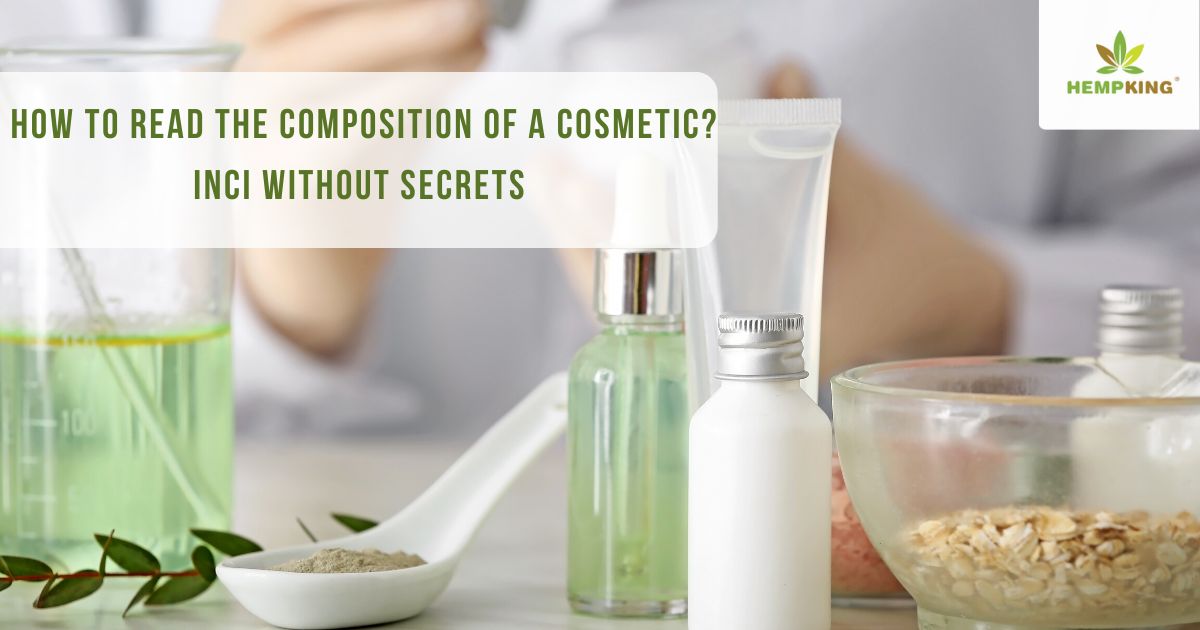
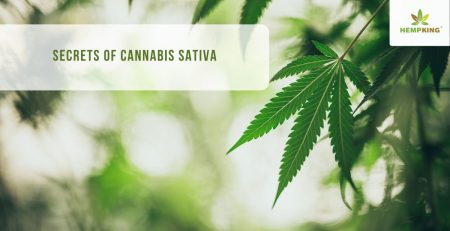
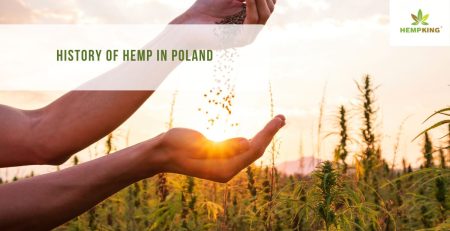
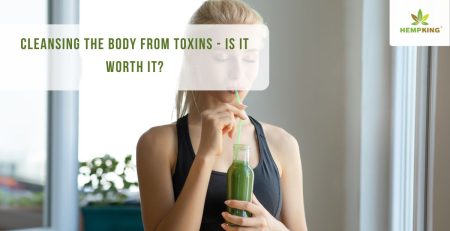
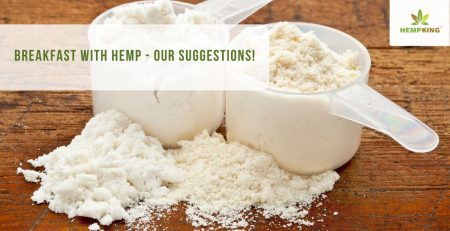

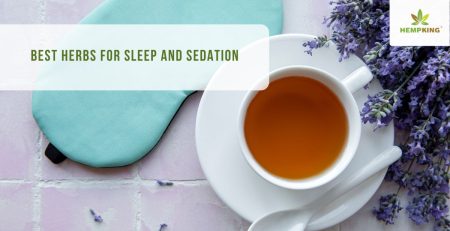
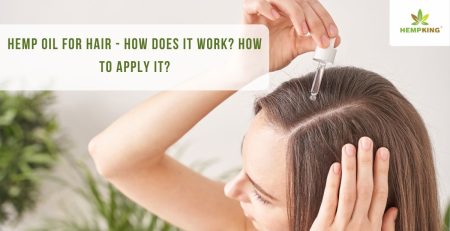

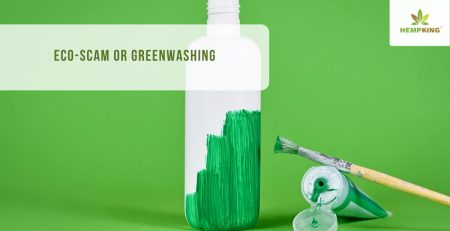

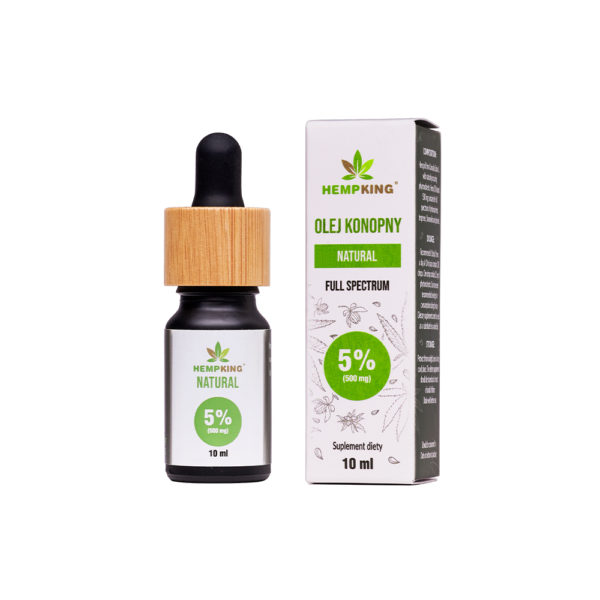
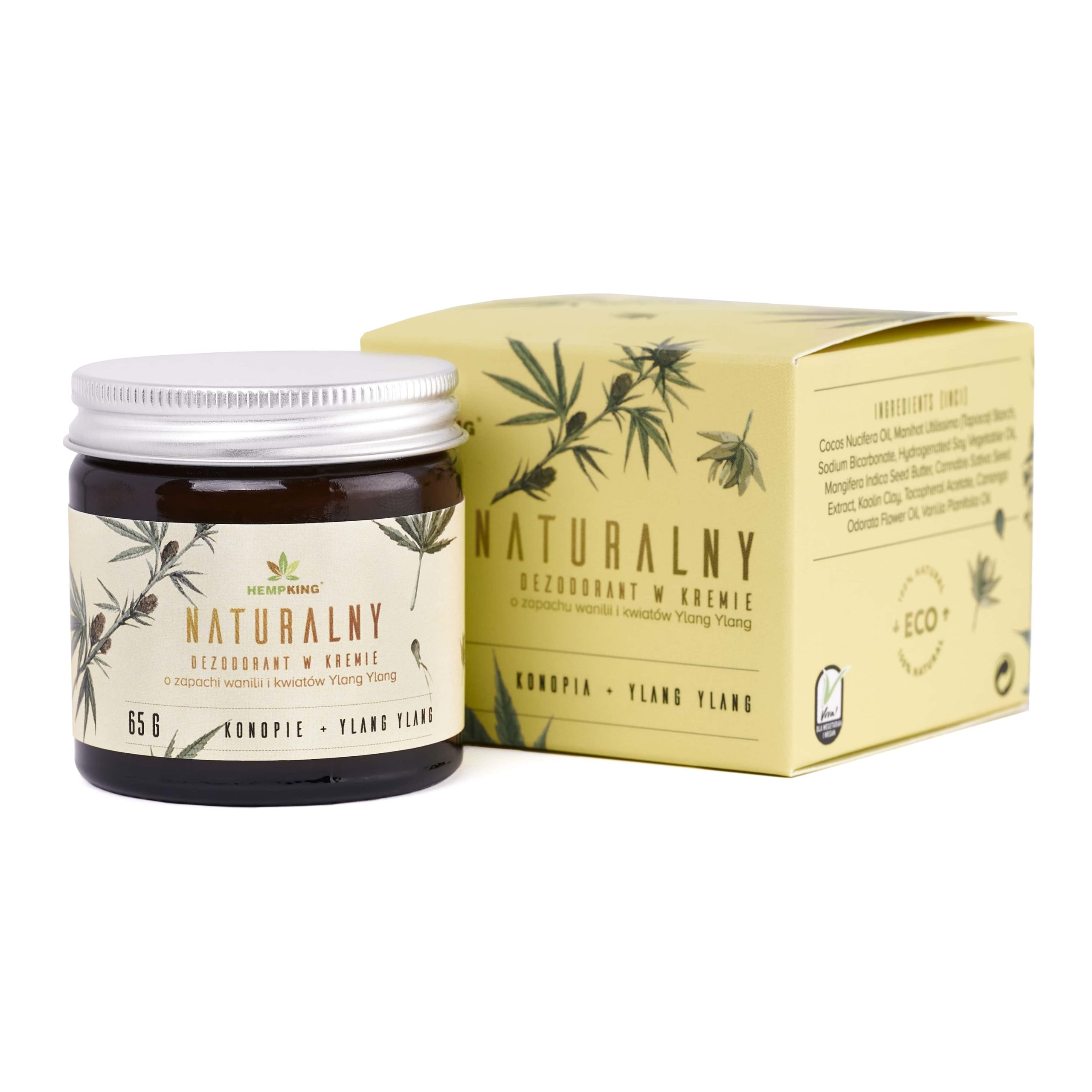
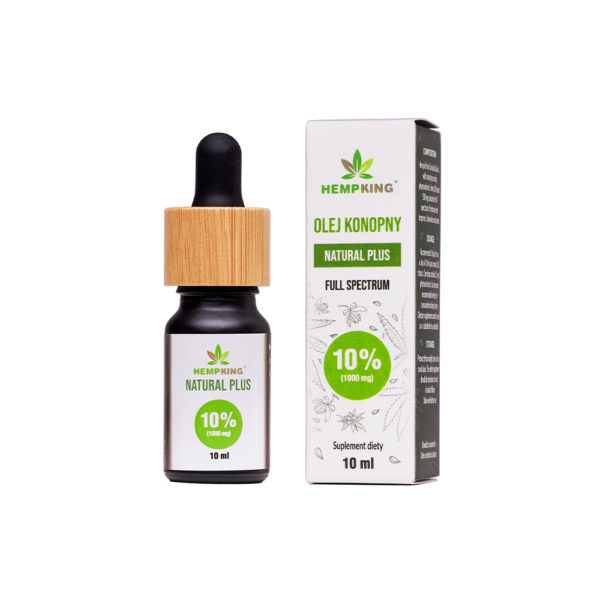
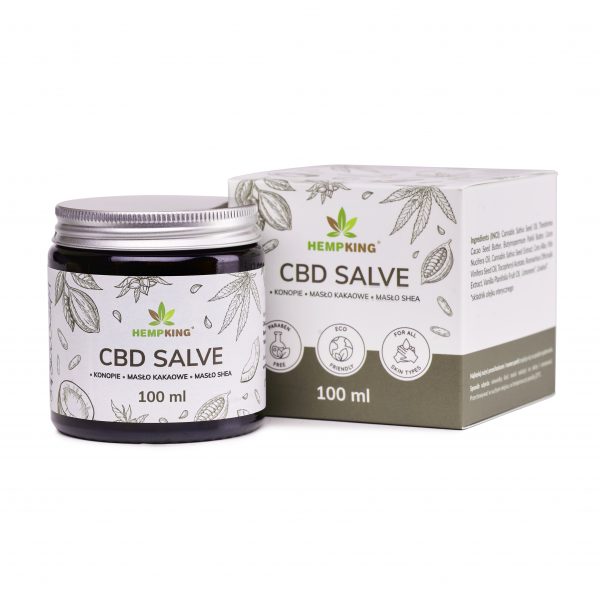
 Facebook
Facebook Instagram
Instagram

Leave a Reply